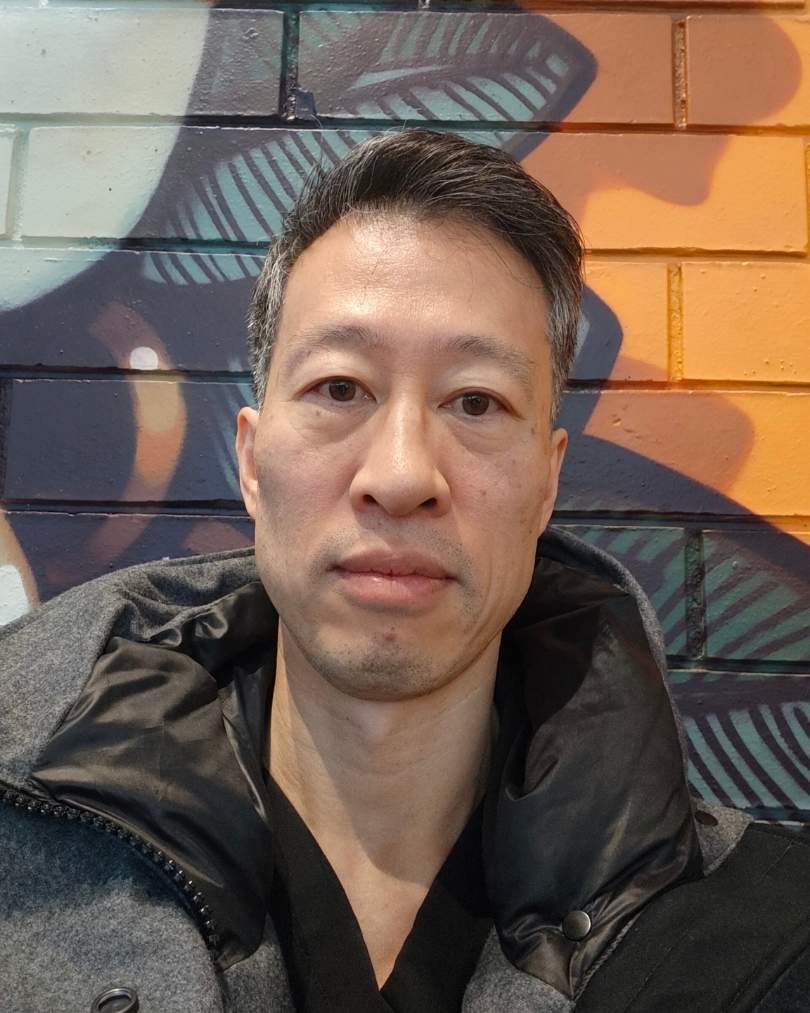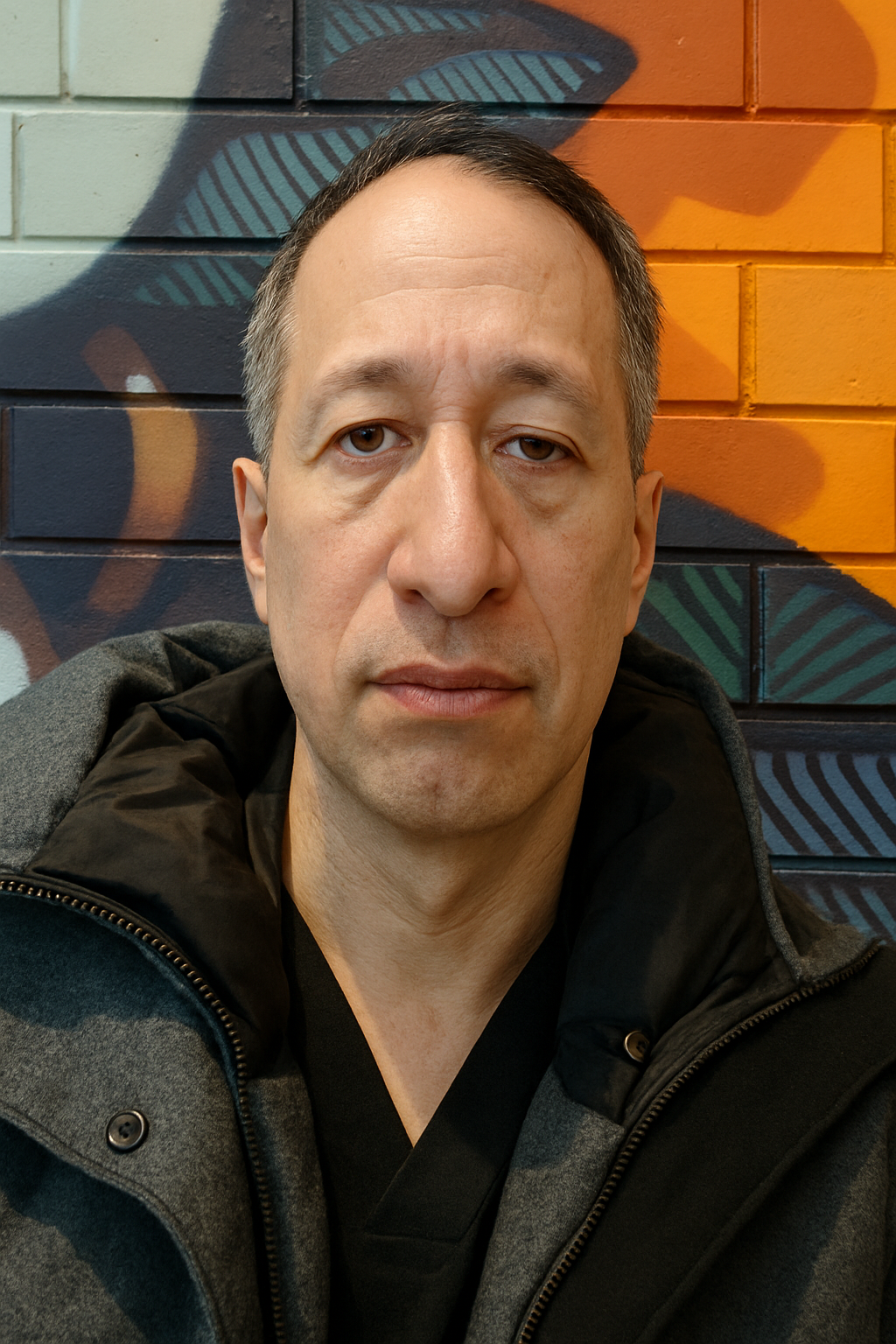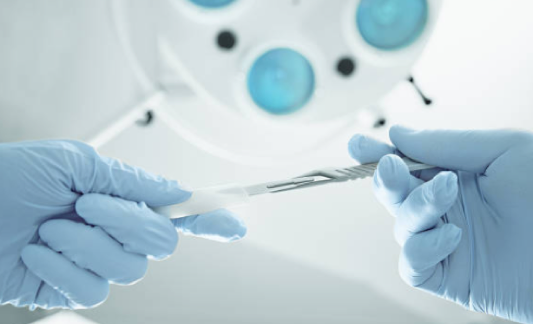The Well, Unwell: Body Dysmorphic Disorder in Cosmetic Medicine
The Emotional Side of Cosmetic Medicine
I was waiting to see my GP. The walls were plastered with health posters stretching almost from floor to ceiling, and the magazines looked like they hadn’t been touched since the ’90s.
A frail elderly woman emerged slowly from the consultation room.
It was my turn.
“Gavin,” my GP called out, with the warmth of someone greeting a son. And before I could even sit down, he chuckled, “Lucky you don’t have to see these old patients with kidney failure.”
I smiled politely, but quietly thought: “No… my patients have different problems.”
From the beginning of my career in cosmetic medicine – now over 20 years ago – I knew I wouldn’t be working with the elderly or the chronically unwell. Patients often ask, “Is that why you chose cosmetics? So you wouldn’t have to treat sick people?”
Coming from a hospital background with rotations in Emergency and ICU, I saw the shift to cosmetic medicine as a positive one. But looking back, I hadn’t yet realised that I’d still be treating the unwell – just in a different way. My patients are physically healthy, but often burdened by emotional distress, body image concerns, or invisible wounds that run deep.
“I’m not crazy, I’m just a little unwell
I know right now you can’t tell…”
— Matchbox Twenty
These lyrics capture something I’ve seen over and over: people who look fine on the outside, but feel broken inside. This is the experience of Body Dysmorphic Disorder (BDD).
And that’s exactly the challenge – you often can’t tell. People with BDD don’t always present as those with exaggerated cosmetic work. They may not have oversized lips, overfilled cheeks, or obvious implants. In fact, they often look completely normal – even restrained. Well-groomed. Polished. Pleasant.
That’s what makes BDD so hard to recognise. Their distress is hidden behind socially acceptable appearances – but internally, they’re plagued by intrusive, shame-filled thoughts about flaws others don’t even notice.
In cosmetic practice, this can be deceptive. A patient may seem perfectly reasonable – but their distress is all-consuming. They’re not seeking perfection for vanity’s sake. They’re seeking relief from a relentless internal voice telling them: “You’re ugly. You’re defective. You’re not enough.”
And it’s more common than you might think. Around 16-23% of cosmetic surgery patients meet the criteria for BDD – many without ever receiving a formal diagnosis.
BDD Is About Perception, Not Just the Imperfection
Even when a patient has an objectively noticeable issue – like acne scars or deep wrinkles – BDD isn’t defined by the flaw itself. It’s about how someone thinks and feels about it. Typically, it involves:
- Distorted perception – The flaw is exaggerated or experienced as unbearable
- Obsessive thinking – Thoughts about the flaw dominate the day
- Emotional distress and dysfunction – It affects work, relationships, and confidence
- Persistent dissatisfaction – Even after treatment, the discomfort persists
So, it’s not the presence of a flaw that defines BDD – it’s the disproportionate distress attached to it.
What Happens When You ‘Fix’ It?
You might think, “If I improve the scar, they’ll feel better.” And sometimes, they do.
But often:
- The distress persists – or shifts to another perceived flaw
- They become preoccupied with minor imperfections
- They return repeatedly, never quite satisfied
- They blame the practitioner for not delivering “perfection”
- It escalates to complaints, litigation, or emotional fallout
Even with an excellent result, they may still feel disfigured, unworthy, or angry – because the issue was never just skin-deep.
The Loop: When Cosmetic Treatment Reinforces BDD
Treating someone with active, untreated BDD can reinforce their core belief that changing their appearance is the path to feeling better. But this often:
- Delays or diverts them from seeking psychological help
- Creates dependency on cosmetic procedures (and the practitioner)
- Makes you part of a maladaptive coping mechanism
That’s why BDD is generally considered a contraindication to cosmetic treatment – not because their concern isn’t valid, but because treatment often does more harm than good.
But… There’s a Middle Ground
Not everyone with BDD traits needs to be turned away. This is where clinical judgement becomes essential.
For example:
- A patient who has insight, accepts a conservative plan, and doesn’t chase perfection may not have full-blown BDD
- Someone whose life is clearly improved by one well-chosen treatment – like fractional laser for disfiguring scars – may still benefit, even if they have obsessive tendencies
The key is understanding why they’re seeking treatment, what they expect, and how they respond – not just before, but after a procedure.
My Own Experience with Obsession
A few years ago, my hair – once thick – started thinning. No one noticed, but I obsessed. I tried shampoos, serums, supplements. I avoided oral medications, fearing side effects. But the worry stayed.
Then came a heavy shedding episode in the shower. That was the breaking point. I started full medical therapy, including oral treatments.
Strangely, that cured my obsession. The hair itself hasn’t changed much. But the fixation is gone. In my case, the treatment broke the loop – not because it was a miracle cure, but because it gave me a sense of control, clarity, and peace.
When the Doctor Has BDD
Interestingly, BDD doesn’t just affect patients. It affects practitioners too.
A study by Dr Steven Harris found that BDD was four times more common in aesthetic doctors (8.2%) than in a control group of lawyers (2%).
Could this be a form of sublimation? Like the person with an eating disorder who becomes a nutritionist, or the angry man who channels rage into boxing – some doctors may be drawn to cosmetic medicine as a way of managing their own appearance-related anxieties.
It’s a confronting idea: the very people offering appearance-altering procedures may themselves struggle with distorted body image.
If a cosmetic doctor has undiagnosed or unresolved BDD, could this subconsciously influence the treatments they recommend – or how they view their patients?
Why Screening Tools Matter
Until recently, I didn’t formally screen patients for BDD. I trusted experience and instinct. I assumed I could pick up on red flags through conversation and observation.
But this approach has its flaws.
Asking direct questions like “Do you think about this concern for hours a day, and no matter what you do – or what anyone says – you still feel something is wrong with how you look?” can feel awkward. Especially in a setting where rapport, trust, and comfort matter.
Fortunately, in June 2023, psychological screening for cosmetic surgery became mandatory in Australia. And from 2nd September 2025, it will apply to non-surgical procedures as well, including anti-wrinkle injections and dermal fillers.
At our clinic, we use the Cosmetic Readiness Questionnaire (CRQ) – developed by clinical psychologist Dr. Toni Pikoos, an expert in BDD. It’s completed before a patient’s first consultation and repeated annually. It helps flag risks early, without relying on uncomfortable in-person questioning.
The CRQ also makes it easier to open up a sensitive conversation. When concerns are flagged by an objective tool, it’s less confronting than if a practitioner simply raises the issue directly. This is important because most people with BDD don’t realise they have it – they often lack insight, which can make it a very difficult topic to broach without defensiveness or shame.
When the CRQ raises concerns, we can gently explore the emotional impact of the concern and, if appropriate, refer the patient back to their general practitioner for further psychological evaluation and support. From there, they can be referred to a clinical psychologist or psychiatrist for assessment and treatment.
It’s not necessarily a hard “no” – you have BDD, so we won’t treat you. Instead, it’s about ensuring the patient is psychologically ready and appropriate for cosmetic intervention, and that any underlying issues are being properly addressed. In some cases, treatment can proceed later, in a more informed and supportive context.
The Role and Limits of Screening Tools
Screening tools like the CRQ, BDDQ, and BDDQ-DV play a useful role in cosmetic practice. They help:
- Identify patients who may be at risk
- Prompt deeper discussions
- Support safer, more ethically informed decision-making
But they’re not diagnostic – and they’re not perfect.
False positives can occur, especially in patients with legitimate concerns. For example, someone with severe acne scarring may score highly – not because they have a distorted view of their appearance, but because the emotional burden is real.
In these cases, screening tools should spark further exploration – not shut down the conversation. Clinical judgement, empathy, and open dialogue are still the most important tools we have.
Summary
Cosmetic medicine is often seen as the domain of the healthy – patients free from serious illness, simply seeking aesthetic enhancement. But beneath the surface lies a complex and often invisible struggle. Body Dysmorphic Disorder (BDD) affects a significant portion of cosmetic patients – and even practitioners – fuelled by distorted perceptions and unrelenting dissatisfaction. Drawing from clinical experience, recent research, and personal reflection, this piece explores the nuances of BDD: why treating it with procedures can be ethically fraught, when it might be appropriate to proceed, and how formal screening tools are helping the field move beyond instinct toward safer, more psychologically informed practice.




